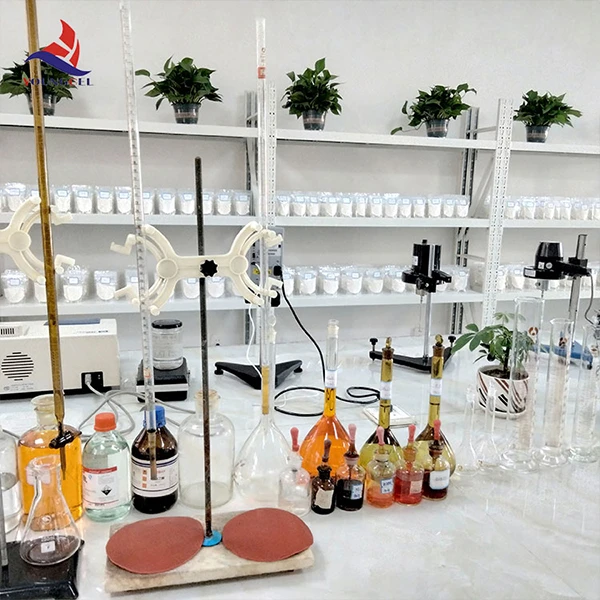The Importance of Additive Percentage in Putty Formulations
Putty is a versatile material commonly used in construction and maintenance projects, particularly for filling gaps, cracks, and surface imperfections. Its effectiveness often depends on the right formulation, including the appropriate percentage of additives. Understanding the significance of additive percentages in putty formulations can lead to improved performance, durability, and application ease.
Additives are substances added to putty to enhance its properties. These can include plasticizers, stabilizers, fillers, or thickeners, each serving a specific purpose. The percentage of these additives is crucial as it directly influences the putty's consistency, adhesion quality, drying time, and overall performance.
The Importance of Additive Percentage in Putty Formulations
Stabilizers play a pivotal role, especially in water-based putties. They help maintain the putty's consistency and prevent separation over time. A carefully calculated percentage of stabilizers ensures the putty remains workable during application while also providing lasting durability once it dries. Insufficient stabilizers might lead to a product that settles or breaks down quickly, reducing the putty's effectiveness.
additive for putty

Fillers are another common additive in putty formulations. They improve bulk and texture, influencing how the putty sands and finishes. Adjusting the percentage of filler can change the material’s weight and handling characteristics. For instance, higher filler content might make the putty heavier and more challenging to work with, while too little can lead to a lightweight product that may not perform adequately under stress or exposure to environmental conditions.
The drying time of putty can also be significantly affected by the percentage of additives. Some additives can accelerate the drying process, making the product ready for sanding or painting sooner. This rapid-curing feature is beneficial in fast-paced construction environments where time is of the essence. However, if the drying process is too rapid, it might lead to cracking or inadequate bonding, making it essential to find the right additive balance.
Moreover, the additive percentage can determine the putty’s resistance to moisture and mold, particularly for outdoor applications. Additives designed for such purposes, when used in sufficiently high percentages, can enhance moisture resistance and increase the longevity of the putty, thus preventing common issues like mold growth or peeling.
One of the significant challenges faced during formulation is achieving a homogenous mix. The right level of mechanical action and the appropriate additive percentages must be utilized to ensure that all components are thoroughly integrated. Inadequate mixing or improper ratios can lead to uneven performance, weakened areas, and an overall inferior product.
In conclusion, the percentage of additives in putty formulations plays a crucial role in determining its functionality and effectiveness. Manufacturers must carefully consider each additive's purpose and the optimal percentage to enhance performance without compromising other essential characteristics. Understanding and mastering these formulations not only contributes to better product quality but also meets the diverse needs of consumers in the construction industry. By investing in research and development to refine these formulations, companies can continue to innovate, ensuring that their products meet the stringent demands of modern construction and renovation projects.
-
The Versatility of Industrial Additives: Mhec, Hpmc, And Wall Putty SolutionsNewsMar.28,2025
-
The Importance of HPMC in Modern IndustriesNewsMar.28,2025
-
Partnering with Reliable Manufacturers for Optimal ResultsNewsMar.28,2025
-
Enhancing Construction Performance with Redispersible Polymer PowdersNewsMar.28,2025
-
Enhancing Construction and Household Products with Advanced AdditivesNewsMar.28,2025
-
Building Strong Foundations with Key Construction MaterialsNewsMar.28,2025






